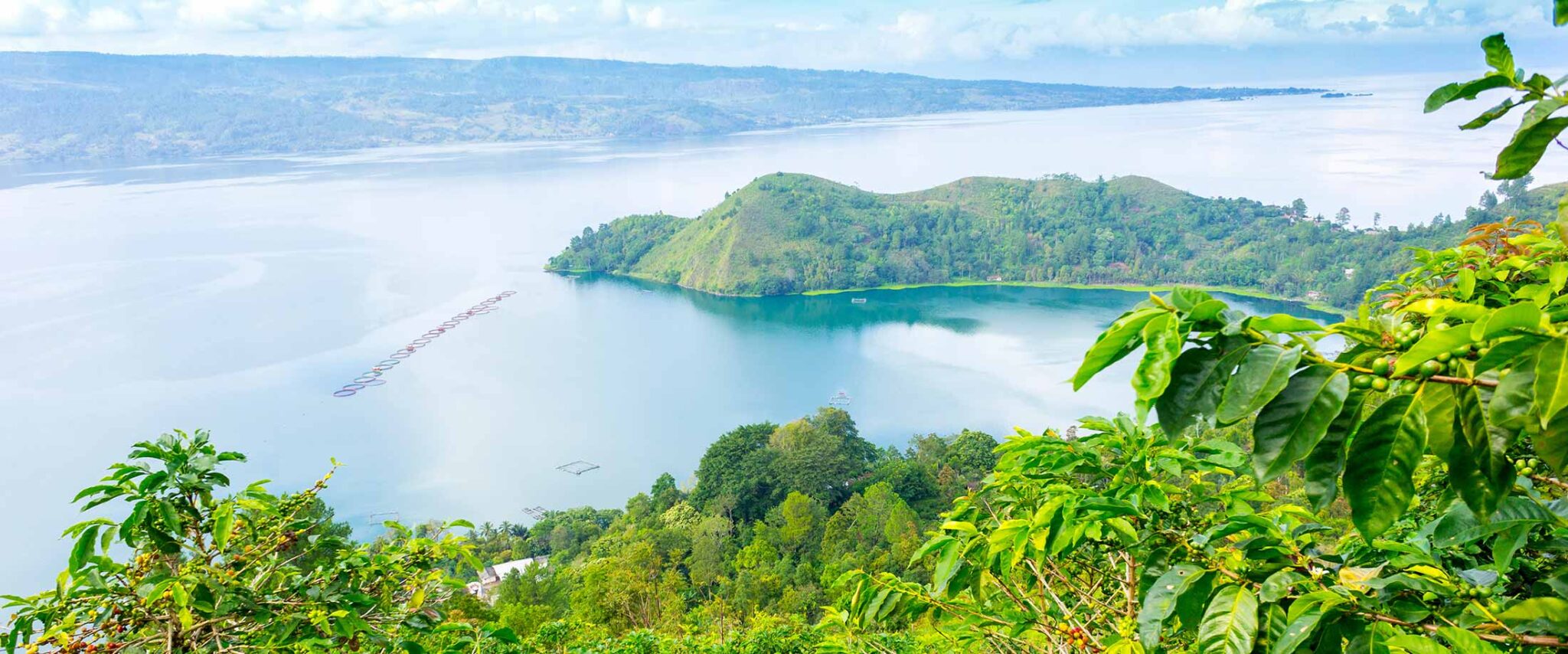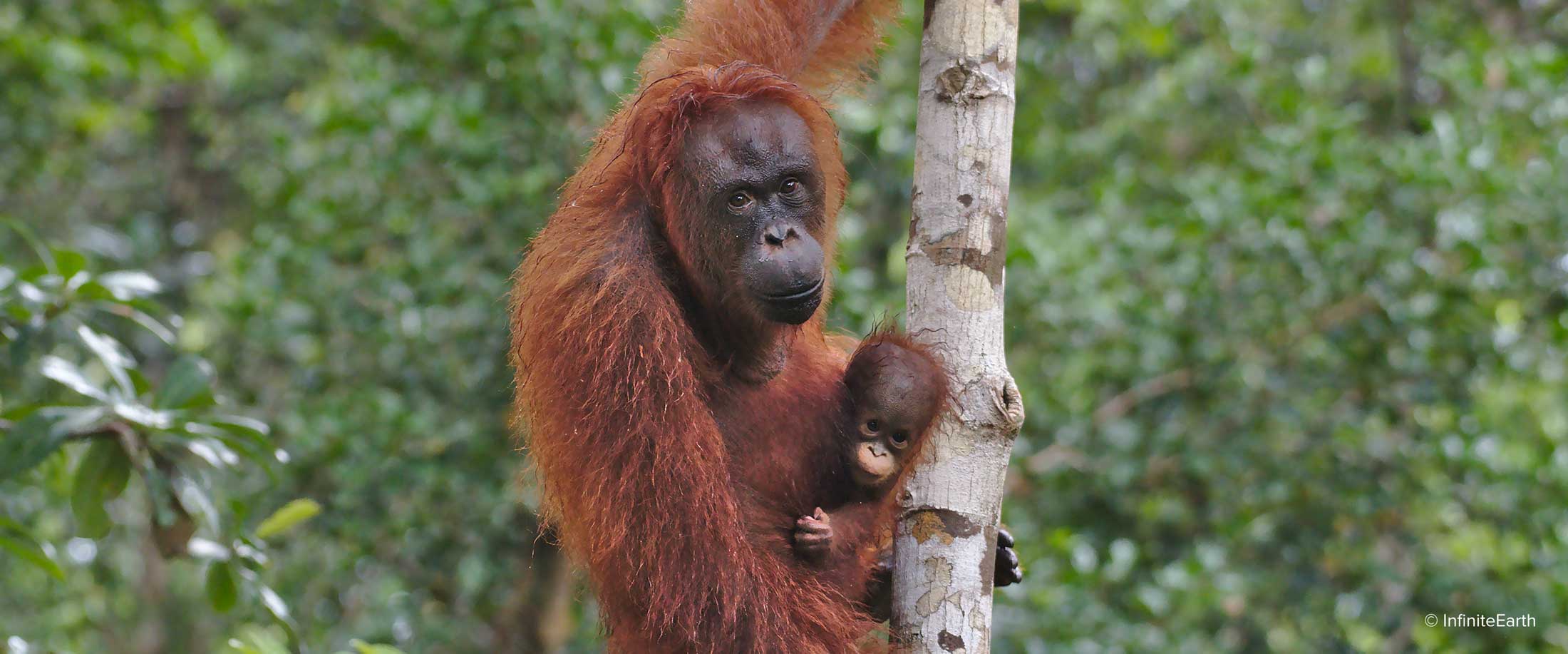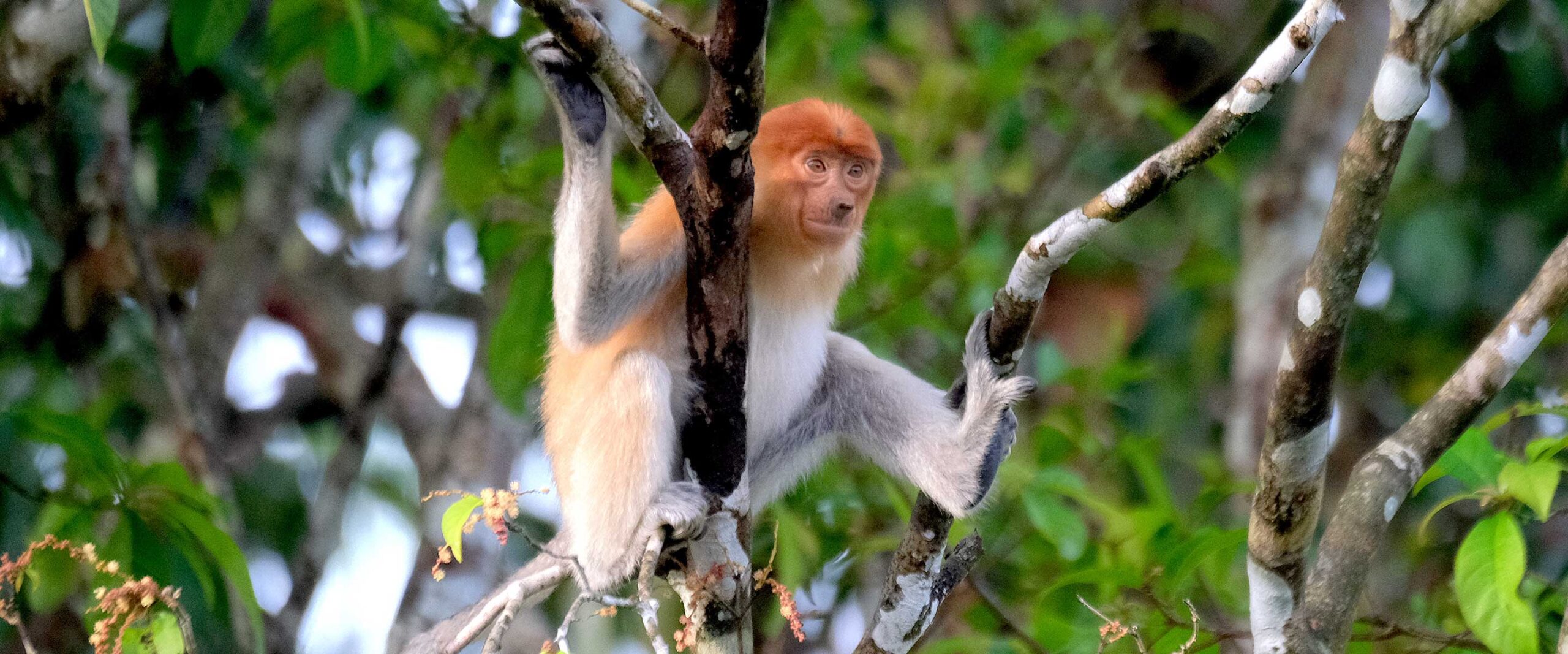
This project reduces the carbon intensity of the energy infrastructure powering Indonesia’s rapid economic development. The Asahan power plant utilizes Indonesia’s abundant hydro resources to provide renewable electricity to the grid. The rural communities that live in the North Sumatra region will benefit from a more reliable electricity supply and...

This project is conserving a biodiverse peat swamp forest in Indonesian Borneo that was slated for conversion to palm oil plantations. Along with protecting this carbon rich ecosystem, the project supports the reintroduction of critically endangered orangutans into their wild habitat. By addressing issues such as poverty, hunger, and disease,...

This project is protecting and restoring one of the largest remaining peat swamp forests in Indonesia. Massive stores of carbon are locked away beneath the swamp’s surface, while the aboveground forest habitat is home to over 5% of all remaining Bornean orangutans. Along with conserving this critical ecosystem, the project...